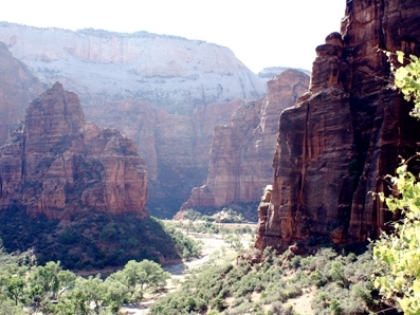During his most recent migration south from Alaska to California for the winter, my friend Aidan stayed at my house in Seattle for a week, and I pinned him down one afternoon for a more focused conversation than our typical chats. I wanted to better understand why he does the things he does, and I wanted to share his answers with No Map. No Guide. No Limits. readers. With my MP3 recorder on the kitchen table capturing it all, we talked for an hour about the fantasies and realities of adventure—about risk, sacrifice, and reward. I asked him some challenging questions, and I found myself surprised by his answers. Given what he does for a living, you may be too. You can listen to the recording at the end of this post.
Whenever the caller ID on my cell phone displays a long, unfamiliar number, I always answer. I know it’s Aidan, calling in on a satellite phone from the side of a mountain somewhere, thousands of feet above sea level. As a professional climbing guide, he’s been to the summit of Denali (20,320′) many times, as well as to the top of other peaks in Alaska, the Pacific Northwest, and the Sierras. He’s also led clients on expeditions to the summit of Aconcagua (22,841′) in Argentina, and up remote mountains in China.

When he’s not climbing for money, Aidan climbs for fun. He often takes advantage of a free plane ticket to an exotic location to work on some personal “projects” while he’s there, like attempting the first solo ascent of Minya Konka in China (24,776′), or being the first person to successfully climb the west ridge of Mt. Dogonomba (19,553′). In the latter case, the summit itself was incredibly small. “I had to kneel on the tippy top of the mountain because it was so tiny,” he explained. “If I stood up and the wind blew, I would have been blown off and they would never find me.” [click to continue…]





